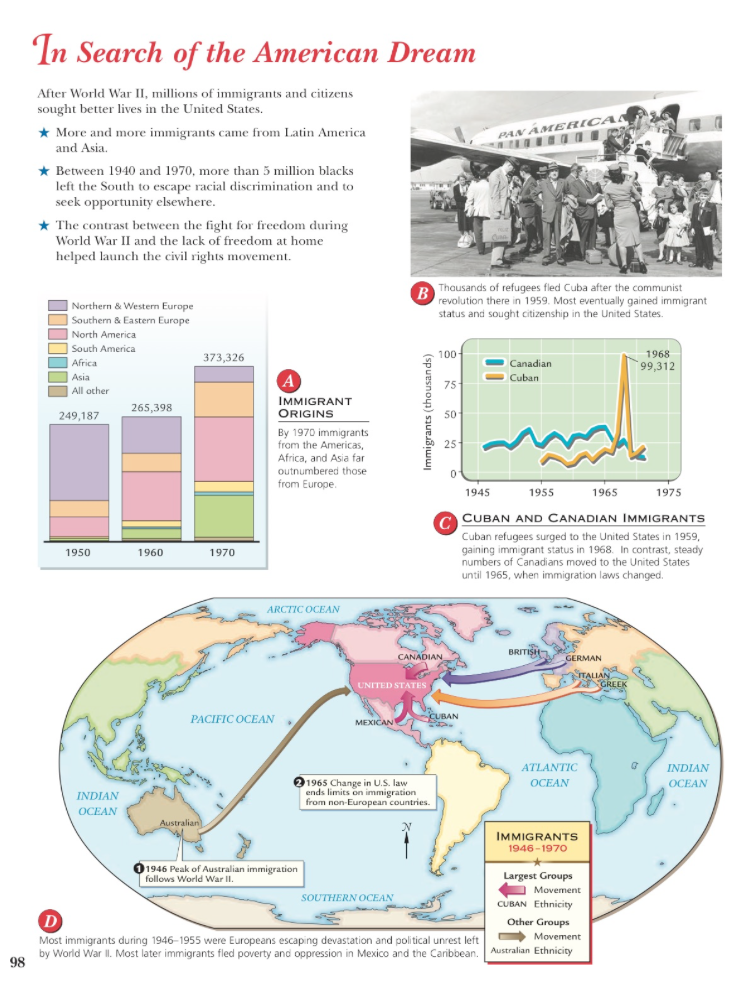

Even now there is a prevailing stigma against people who suffer from BPD. The most common condition currently associated with classical “hysteria” is Borderline Personality Disorder (BPD).

#Whats wrong with the girls face on histera manual
The term itself, however, didn’t disappear from doctors’ lexicons until the 1950s when the American Psychiatric Association removed it from the Diagnostic and Statistical Manual of Mental Disorders, the bible of modern psychiatry. Mortimer Granville, as a way to bring women to orgasm - and relieve them of their hysteria - more quickly.Įventually, hysteria came fully to be thought of as a mental illness and not necessarily to be associated with the sexual and reproductive well-being of a woman. In the 16th century, English surgeon Nathaniel Highmore publically claimed that the “hysterical paroxysm” (the result of genital stimulation of women) could also be called an orgasm. Everything from sex, to manual stimulation of the clitoris, to smelling pungent fragrances (originated by Hippocrates) were thought to aid in the treatment of hysteria. Roman physician Galen prescribed one of two things: sex within marriage or pelvic massage performed by physicians or, better yet, midwives (as it turns out, physicians were reluctant to deliver this form of relief themselves).Īs the centuries went on, many different causes of, and solutions for, hysteria were presented, ranging from medical afflictions caused by the uterus’ lack of satisfaction through sexual intercourse or childbearing, to the spiritual possession of demons that caused a woman to act erratically.

It was extremely common to find women labelled as “hysterical” defined more by their stature as women than by their symptoms.Īround 200 AD, the belief remained that sexual abstinence was the cause of hysteria, classified by symptoms of insomnia, irritability, anxiety, erotic fantasies, and excessive vaginal lubrication. While medicine and mental health have changed a great deal over the centuries, hysteria is a historically gendered diagnosis that often served as a catch-all when doctors couldn’t identify another illness. This diagnosis was not founded in science or medical research (though that may seem obvious now), but in gender bias against women and their experience of emotions and the perceived lack of sexual interest.Īs currently defined by Merriam-Webster Dictionary, hysteria is, “behavior exhibiting overwhelming or unmanageable fear or emotional excess.” An alternate, psychiatric definition is, “a psychoneurosis marked by emotional excitability and disturbances of the psychogenic, sensory, vasomotor, and visceral functions.” While the definition of hysteria might seem broad, it has also altered over time. Recommended cures were, naturally, that women should increase sexual activity within the bounds of marriage. In the 5th Century BC, Hippocrates was the first to coin the term “hysteria” and agreed with his predecessors that this so-called condition - attributable only to women - was due to a “wandering womb,” believed to be caused by sexual inactivity. As frustrating as this is, it’s no new phenomenon.ĭating back to 1900 BC Egypt, an ancient medical document known as the Eber Papyrus contained references to hysterical disorders thought to be caused by abnormal movements of the uterus. Women are often misdiagnosed by doctors, either due to the belief that they are over-dramatizing symptoms or because of a lack of adequate research on illnesses predominantly faced by women. The female body has long been misunderstood.


 0 kommentar(er)
0 kommentar(er)
